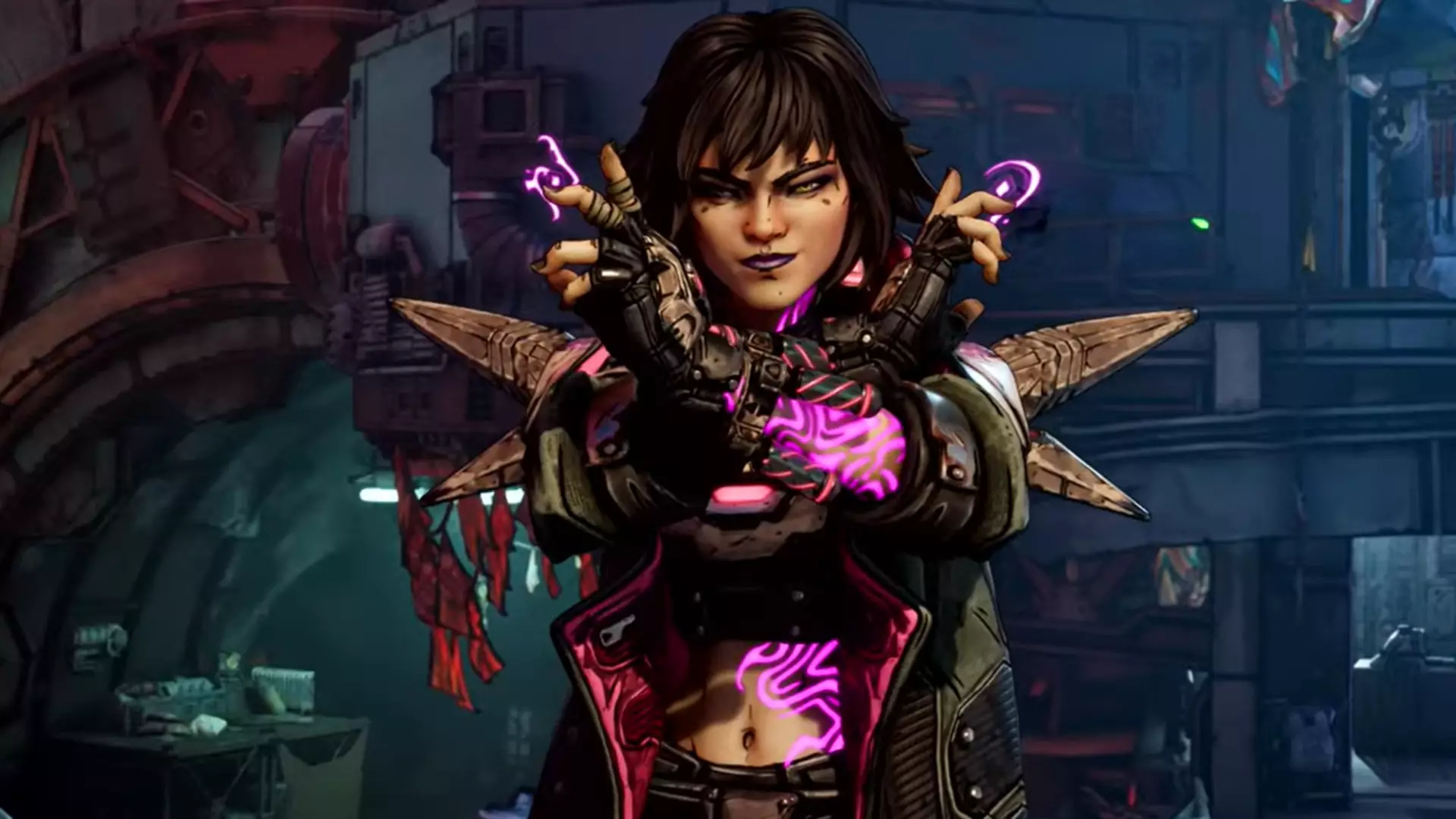In the rapidly evolving landscape of video gaming, new titles often come with hefty price tags, sparking debates among fans and industry insiders alike. Randy Pitchford, the figurehead behind the much-anticipated Borderlands 4, has recently found himself at the center of a pricing controversy. He suggested that while the decision to set the game’s price at $80 falls outside of his direct control, he believes that devoted fans should be ready to shell out that amount if they truly care about the game. This perspective reflects not only Pitchford’s unyielding passion for gaming but also raises critical questions about the relationship between pricing and fandom in a billion-dollar industry.
The Shifting Landscape of Video Game Pricing
Historically, the price of video games has been a contentious issue. What was once standard fare at $60 has incrementally risen, with the introduction of additional content, microtransactions, and deluxe editions pushing costs even higher. Pitchford’s comment regarding the potential $80 tag for Borderlands 4 comes amidst a broader trend in the industry where premium pricing is becoming increasingly normalized. However, for many gamers, the idea of paying such a price for a standard edition of a game raises legitimate concerns regarding value for money in an era fraught with economic challenges.
As Pitchford nostalgically referenced his teenage days working minimum wage to purchase a game, it’s essential to recognize that the context has drastically changed. The landscape of living expenses, salaries, and consumer spending power today contrasts sharply with those simpler times. It is all too easy for someone in a privileged position—like Pitchford, whose family background likely offered him some financial cushion—to suggest that fans should just “find a way to make it happen.”
The Disconnection Between Developers and Gamers
There’s an undeniable gap between the gaming industry’s elite and the very audience they seek to engage. Fans often feel alienated when high-ranking officials make comments that disregard the economic realities many players face. The backlash from Pitchford’s assertion has signaled that some gamers are growing more vocal about their dissatisfaction with the “support it if you really care” approach. In a digital age where accessibility and inclusivity are rapidly becoming rallying cries within consumer culture, insinuating that financial sacrifice equals genuine loyalty can be problematic.
Imagine a scenario where Pitchford, or any other executive, engaged directly with the everyday experiences of gamers. By acknowledging the economic pressures and including fan feedback in pricing discussions, game publishers could foster a more inclusive community. Instead of relying solely on nostalgia to justify inflated prices, the industry could cultivate loyalty through empathy and support.
Analyzing the Impact of Price on Game Success
One cannot deny that while certain franchises can charge what they like due to established branding and a devoted fanbase, this formula does not hold in every case. If fans feel milked or undervalued, they may seek alternatives, potentially hindering a game’s success at launch. There is a precarious balance between supply, demand, and perceived value. For Borderlands 4, if priced too aggressively, there’s a risk of alienating new players who may have never experienced the series.
What’s crucial here is the potential for a market backlash against perceived corporate greed. Consumers are increasingly equipped with platforms to voice their discontent and influence each other in unprecedented ways. Should there be widespread opposition to the price set by publishers, the power resides in the hands of the fans, potentially leading to an unanticipated shift in how the industry sets its prices.
A Call for More Transparent Communication
In a future where gaming continues to intersect with billions of dollars in revenue, executives like Randy Pitchford should consider a more transparent dialogue about pricing strategies. Acknowledge the economic realities of gamers, and recognize the unique relationship that exists between players and the titles they cherish. While loyal fans may be willing to pay premium prices for beloved franchises, understanding the broader audience is essential to securing a game’s long-term success.
In a climate where passion for gaming fuels nostalgia, the industry must be cautious about overpricing nostalgia against the tangible realities that define current consumer behavior. Game developers must reach out to their audiences for feedback rather than relying on an outdated belief that passion alone can tide fans over in their purchasing decisions. Only then can the gaming world ensure that it remains accessible, vibrant, and sustainable for all players.

